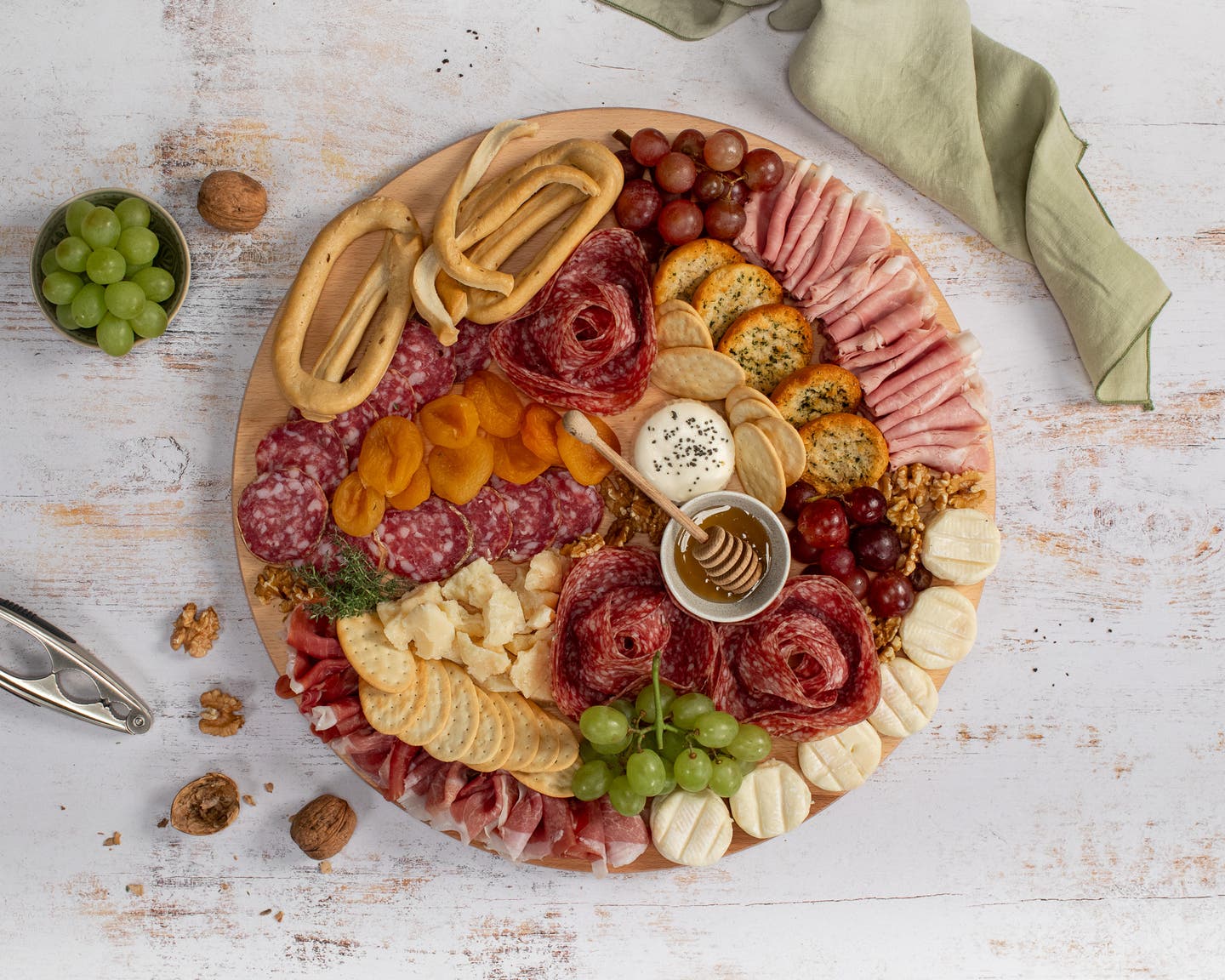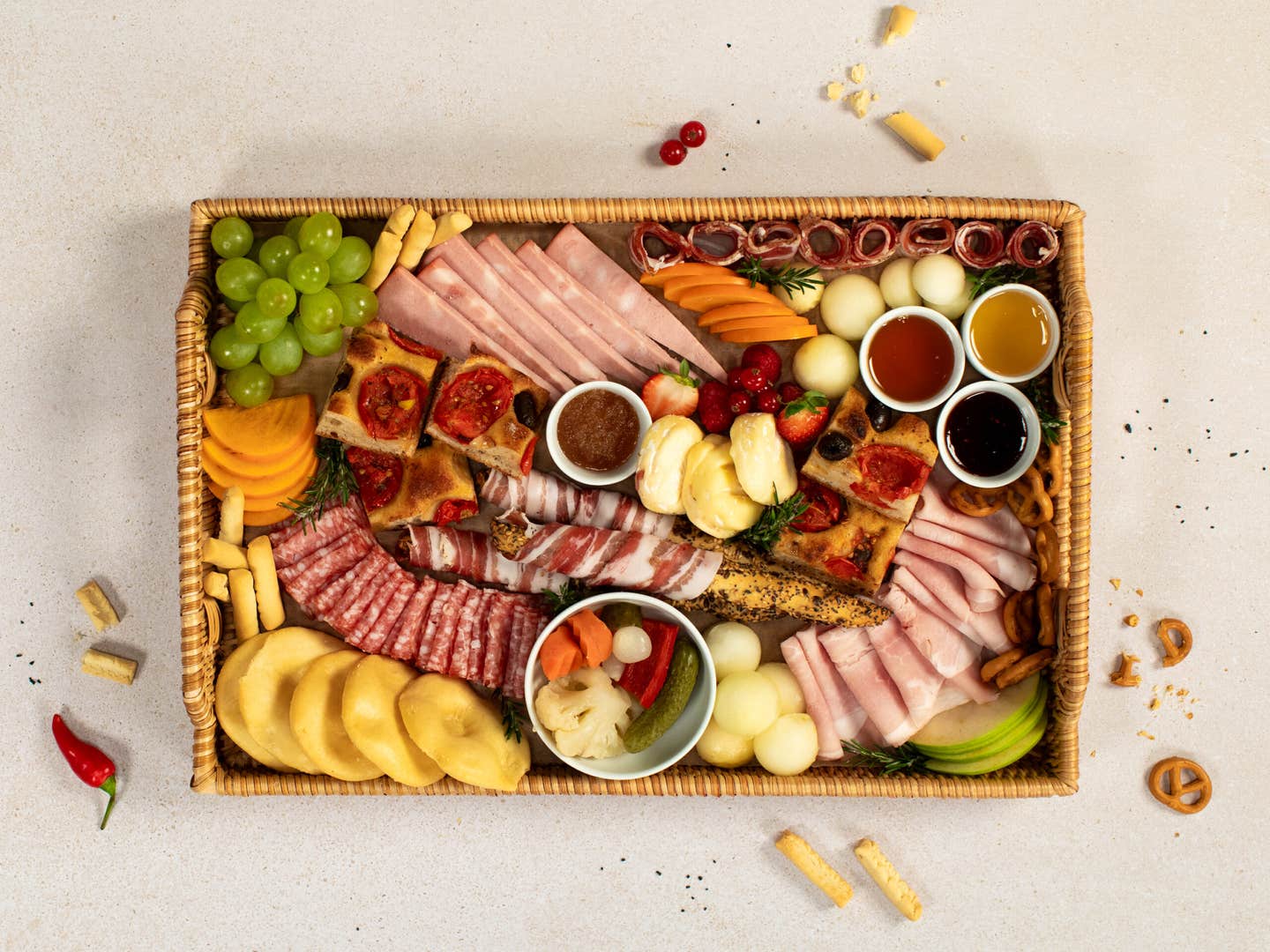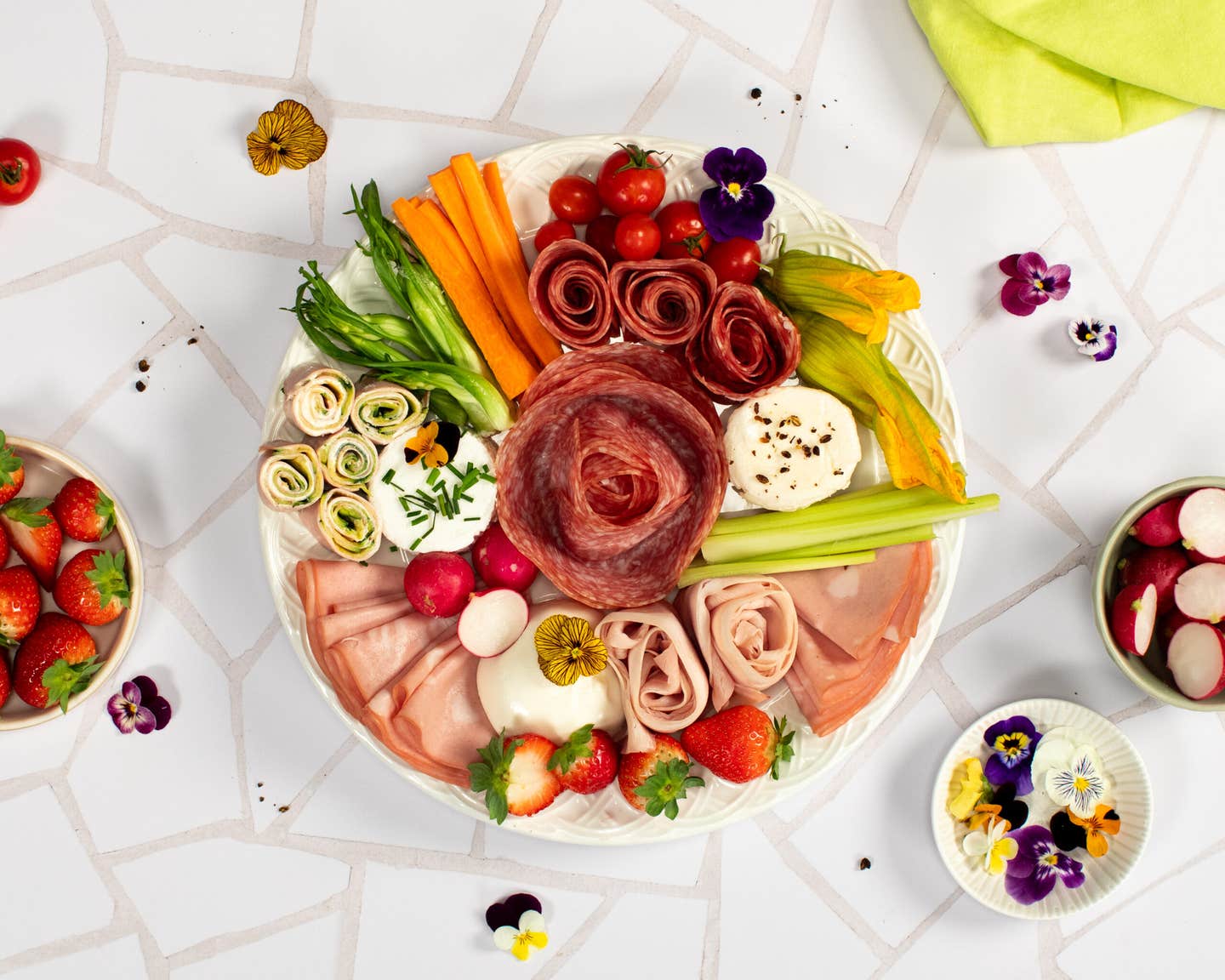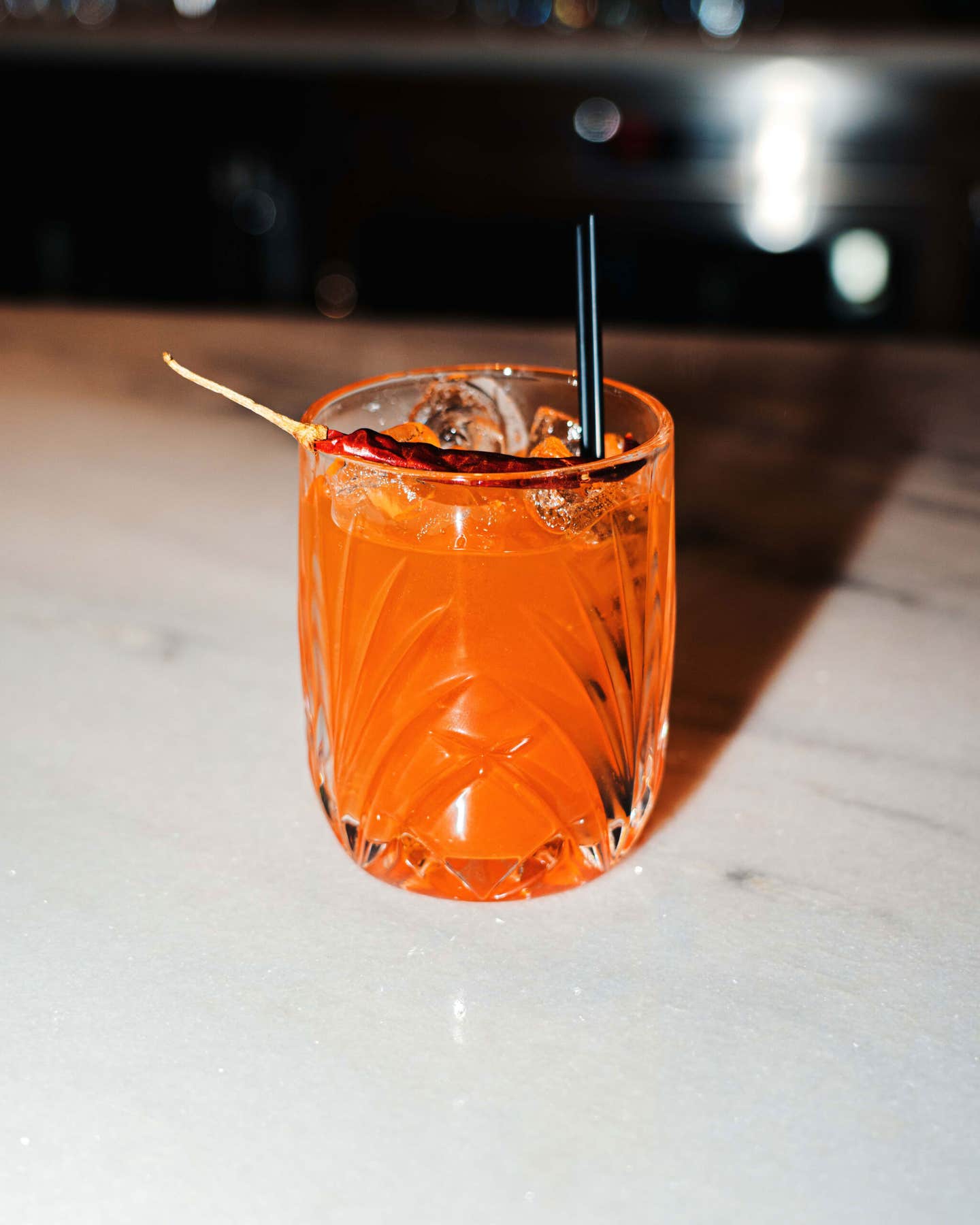
4 Artful Tips for a Perfect Charcuterie Board, Every Time
Learn how to build the platonic ideal of a meat-and-cheese platter.

Any host worth their salt will tell you that a good charcuterie board is so much more than a pile of meat and cheese: It’s a gathering place for peckish pre-dinner grazers; a stalwart source of calories for any Italian aperitivo hour. When thoughtfully assembled, it becomes a varied and colorful centerpiece that takes way less time to throw together than your average plate of canapés. As such, crafting an Italian-style charcuterie board is all about creating moments of harmony and contrast. Melt-in-your-mouth mortadella cascades into crumbly crackers; slick and fatty salumi sings alongside bright and bracing pickles and fruits; sharp, tongue-tingling cheeses are tempered by sweet jams and honeys. Here are four creative tips for assembling an eye-catching charcuterie board that’s as flavorful as it is beautiful.
1. Consider Shapes
It was reportedly the ancient Roman gourmand Apicius who first said that we “eat with our eyes.” While salumi as we know it likely didn’t exist then, he may as well have been referring to an artfully constructed charcuterie board, resplendent with piles of colorful fruits and nuts, meandering rivers of thinly sliced meats, and deftly arranged heaps of crumbly cheeses. When you begin constructing your charcuterie board, first consider the shape of the board, and how you might best fill the space. Using a mix of complementary and contrasting shapes, you can begin to create a dynamic display. Consider round ingredients—cheeses like miniature brie, fruits like dried apricots and grapes, ring-shaped Italian taralli crackers, and slices of Veroni’s salame Milano—to accentuate the shape of round boards, or contrast the shape of rectangular boards. At the same time, consider angular ingredients—square seed crackers, semi-firm cheeses sliced into wedges, mortadella cut into triangles or half-moons, and sliced fresh fruits like apples or persimmons—to further enhance the contrast. Larger pieces of sliced meat, like prosciutto or mortadella, can be folded neatly and arranged into compact rectilinear shapes, or folded into more organic shapes, like rosettes, to create more variety.

2. Play with Colors
Beyond simple shapes, an ingredient’s color can also help create visual intrigue on a charcuterie board. When we think about color in this context, we’re thinking about hue (what we recognize as the distinct color of an object, like red or green), and value (how light or dark that color is). Most cured meats and salumi are a dark pinkish-red color, so break them up visually with components of complementary colors—like bright green grapes and apple slices—or contrasting values—like pale crackers and creamy, off-white cheeses. If you step back from your board and squint, you should still be able to see distinct components, differentiated by the varying hues and values. If separate elements start to blur together, consider breaking up the chunks with ingredients of higher contrast.
3. Explore Textures
Fortunately for charcuterie board enthusiasts, ingredients with differing shapes and colors also tend to have differing textures, which creates another element of sensory contrast—but this time, a contrast of taste. Think about textures on a scale from buttery soft to shatteringly crisp: Certain cured meats like Veroni mortadella and prosciutto, as well as many soft and spreadable cheeses, are full of fat, which gives them an unctuous texture that melts on the tongue. There’s a reason these ingredients pair so well with crumbly crackers, seed-studded breadsticks, and crunchy fruits and vegetables. Consider assembling a spectrum of textures for every component on your board: creamy goat’s milk cheese and firm aged gouda; crisp water crackers and pillowy focaccia; crunchy quartered radishes and chewy dried apricots.

4. Reflect on Flavors
The final piece of the charcuterie puzzle is flavor: Even similar or overlapping textures can create sensory excitement when the contrast in flavor is dialed up. Most cured meats taste, well, meaty—a rich, savory umami that is easily counterbalanced by acidity, bitterness, and sweetness. For pairing, highlight the varying flavors by opting for a range of different meats, like Veroni’s smoky speck, peppery salame Calabrese, or fennel-studded salame Toscano. Briny, acidic pickles, whole-grain mustards, and sweet-tart fruits like apples, strawberries, grapes, and persimmons cut easily through fatty meats and cheeses, while firmer cheeses like Parmigiano-Reggiano or aged gouda, which tend to have acidic crystals of tyrosine distributed throughout, pair well with softer, sweeter accompaniments, like honeys and jams.
Ultimately, if you shop with variety in mind (and Veroni’s AperiTime selections can make it easy to gather an assortment of small portions), when the time comes to assemble you can use these suggestions as guiding principles to play around. Arranging the platter should be fun, and you can always change things as you go, responding to new shapes and textures and flavors as you place ingredients on the board. Snacking as you work is strongly encouraged.
Keep Reading
Continue to Next Story










